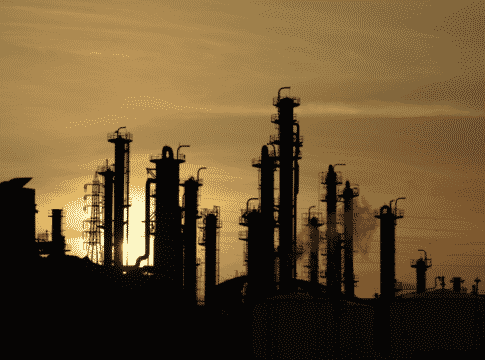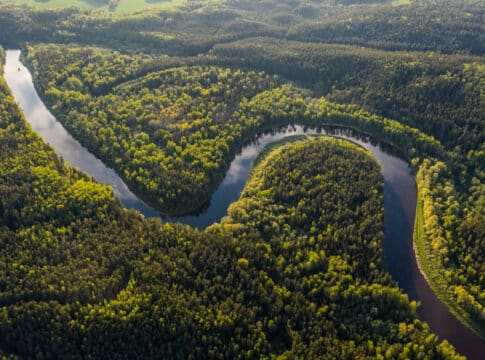Carbon Offsets Being Used by Oil & Gas to Decarbonize
Carbon offsets are helping oil and gas companies meet emissions goals.
More than 130 countries have pledged to reach net-zero by 2050. That covers almost 88% of the world’s emissions!
Unfortunately, the oil & gas industry is the most significant polluter. They inject millions of metric tons of carbon into the atmosphere each year.
So, what can the oil & gas industry do?
In addition to investing in new technology to reduce carbon emissions, the oil and gas industry has started to use carbon offsets.
What are carbon offsets?
The Voluntary Carbon Market (VCM) is where companies buy carbon offsets. One carbon offset is equal to one metric ton of carbon. That metric ton of carbon is then “neutralized” through an environmental project.
So, for every carbon offset purchased, one metric ton of carbon is balanced (because of something like reforestation or cover crops – projects that serve as a way to capture carbon).
The VCM has grown substantially over the past year.
Currently, the VCM has a value of $1 billion. This is up from just $300 million in 2018.
Many experts believe the VCM could hit $100 billion by 2030.
The reason why? More and more businesses, non-profits, and individuals alike recognize the role offsets have to play in the fight against climate change.
The oil & gas industry sees an opportunity.
Companies can earn extra revenue for environmental projects by partnering with project developers to develop different projects and produce high-quality offsets.
BP and Shell have started to move into this space. And Eni, TotalEnergies, and Chevron have also begun to move into this space.
While carbon offsets cannot be the only means for the oil and gas industry to lower emissions, it undoubtedly plays a significant role.
As companies take additional steps to improve processes and invest in technologies that reduce or eliminate carbon, net-zero by 2050 starts to seem possible.
The post Carbon Offsets Being Used by Oil & Gas to Decarbonize appeared first on Carbon Credits.



